| dc.contributor.author | Buonfiglio, Giampaolo | |
| dc.contributor.author | Lovatelli, Alessandro | |
| dc.coverage.spatial | Liberia | en_US |
| dc.date.accessioned | 2023-05-31T18:44:13Z | |
| dc.date.available | 2023-05-31T18:44:13Z | |
| dc.date.issued | 2023 | |
| dc.identifier.citation | Buonfiglio, G. and Lovatelli, A. (2023) A practical guide on safe hookah diving – Diving for sea cucumbers and other marine
organisms. Rome, Food and Agriculture Organization of the United Nations (FAO), 77pp. DOI: https://doi.org/10.4060/cc3789en | en_US |
| dc.identifier.uri | https://repository.oceanbestpractices.org/handle/11329/2242 | |
| dc.description.abstract | The gathering of commercial benthic organisms from the seabed by underwater
fishers is a growing activity in many regions in Africa, Asia, Pacific, Latin
America and the Caribbean. Sea cucumbers are particularly targeted, as they
are in great demand and command high market prices in Asian markets. Fishing
and trading of these holothurians have attracted the interest of many people,
particularly trade intermediaries, who often employ local fishers with little or no
underwater diving experience. Generally poorly equipped, the fishers are often
forced to work long hours with no concerns over their state of physical health and
psychophysical suitability for the strenuous and dangerous activity of diving.
In many regions, sea cucumber fishers operate with compressed air supplied by
hookah systems frequently powered by unsuitable or improvised compressors.
Furthermore, because of the declining number of specimens in shallow waters in
many fishing grounds, divers increasingly search for resources at greater depths
and for prolonged periods, often unaware or ignoring dive decompression tables
and other safe diving practices. Working under such poor conditions, often with
inadequate support from the boat assistant, makes hookah diving a risky and
unsafe activity. It may lead to accidents that may result in the death or permanent
disability of fishers, who generally operate in locations far from medical facilities
capable of providing hyperbaric treatment and first aid.
This guide aims at providing fishers, as well as fishery extension officers, with a
tool to acquire the basic knowledge needed to carry out hookah diving safely.
Through simple language and numerous illustrations, the guide describes the
basic rules of diving, the potential risks associated with this activity and what
to do to minimize them, as well as other useful tips to improve hookah diving
operations. The guide, however, is not intended as a comprehensive manual for
commercial divers. Rather, it is strongly recommended that fishers who want to
engage in hookah or SCUBA diving receive appropriate training by a qualified
diving instructor.
The guide is divided into two parts. The first part is intended for fishery extension
officers to help them understand the risks of hookah and SCUBA diving and to
provide them with information that should increase good practices for this type
of fishing. The second part is intended for the fishers themselves; it outlines the
risks associated with hookah diving and recommends practices that should help
prevent any work-related accident associated with this diving practice. | en_US |
| dc.language.iso | en | en_US |
| dc.publisher | Food and Agriculture Organization of the United Nations (FAO) | en_US |
| dc.rights | Attribution-NonCommercial-ShareAlike 3.0 IGO | * |
| dc.rights.uri | http://creativecommons.org/licenses/by-nc-sa/3.0/ | * |
| dc.subject.other | Marine organisms | en_US |
| dc.subject.other | Sea cucumber fisheries | en_US |
| dc.subject.other | Diving hazards | en_US |
| dc.subject.other | Diving accidents | en_US |
| dc.subject.other | Accident prevention | en_US |
| dc.subject.other | Diving equipment | en_US |
| dc.subject.other | Training | en_US |
| dc.subject.other | Guidelines | en_US |
| dc.subject.other | Life safety | en_US |
| dc.title | A practical guide on safe hookah diving – Diving for sea cucumbers and other marine organisms. | en_US |
| dc.type | Report | en_US |
| dc.description.status | Published | en_US |
| dc.format.pages | 77pp. | en_US |
| dc.description.refereed | Refereed | en_US |
| dc.publisher.place | Rome, Italy | en_US |
| dc.identifier.doi | https://doi.org/10.4060/cc3789en | |
| dc.subject.parameterDiscipline | Fisheries | en_US |
| dc.description.currentstatus | Current | en_US |
| dc.description.sdg | 14.b | en_US |
| dc.description.maturitylevel | Mature | en_US |
| dc.description.adoption | Validated (tested by third parties) | en_US |
| dc.description.adoption | International | en_US |
| dc.description.methodologyType | Method | en_US |
| dc.description.methodologyType | Reports with methodological relevance | en_US |
| obps.endorsementAuthorDeclared.recommendedPractice | FAO | |
| obps.contact.contactemail | fao | |
| obps.resourceurl.publisher | https://www.fao.org/documents/card/en/c/cc3789en | |
 Repository of community practices in Ocean Research, Applications and Data/Information Management
Repository of community practices in Ocean Research, Applications and Data/Information Management

